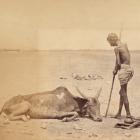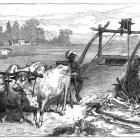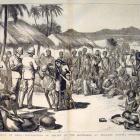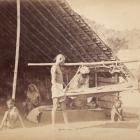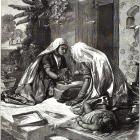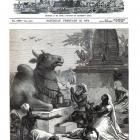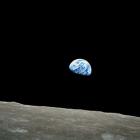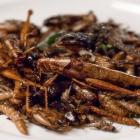About the exhibition
About the exhibition
This is a part of the virtual exhibition “Famines in Late Nineteenth-Century India: Politics, Culture, and Environmental Justice”—written and curated by sociologist Naresh Chandra Sourabh and economic historian Timo Myllyntaus.
Famines in Late Nineteenth-Century India: Politics, Culture, and Environmental Justice
Between 1850 and 1899, India suffered 24 major famines, a number higher than in any other recorded 50-year period, resulting in millions of deaths. This exhibition—written by sociologist Naresh Chandra Sourabh and economic historian Timo Myllyntaus—describes the environmental and social factors that contributed to these cataclysmic events, situating their causes and costs within the complex natural and cultural contexts of nineteenth-century colonial India.
Naresh Chandra Sourabh and Timo MyllyntausAbout the author

University of Turku, Finland
Show moreTimo Myllyntaus is Professor of Finnish history at Turku University. He earned his first two degrees at Helsinki University and a Ph.D. in economic history at the London School of Economics. His research interests stretch from economic and social history to environmental history. His edited volumes include Thinking through the Environment: Green Approaches to Global History (2011) and Invisible Bicycle. New Insights in Bicycle History (co-edited with Tiina Männistö-Funk, forthcoming in 2016). He has also published around one hundred scientific articles and fifty popular articles. Myllyntaus has directed more than a dozen research projects, participated in activities of various scientific organizations including the European Society for Environmental History, and acted as a peer-reviewer for several journals.

Institute of Social Research and Development, India
Show moreNaresh Chandra Sourabh is professor and founder Director at the Institute of Social Research and Development, Patna, India. He received his M.A. degree in Sociology from Jawaharlal Nehru University, New Delhi, in 1982 and his Ph.D. also in Sociology from the University of Helsinki in 2008. He is the author of the socio-ethnographic work The Culture of Women’s Housework. Previously, Dr. Sourabh lectured “Food in Indian History- Production, Consumption and Culture from the Colonial Times to the Present” at Turku University, where he was a fellow with the project Finnish Harvest Failures and Famines in the International Context, funded by the Academy of Finland.




